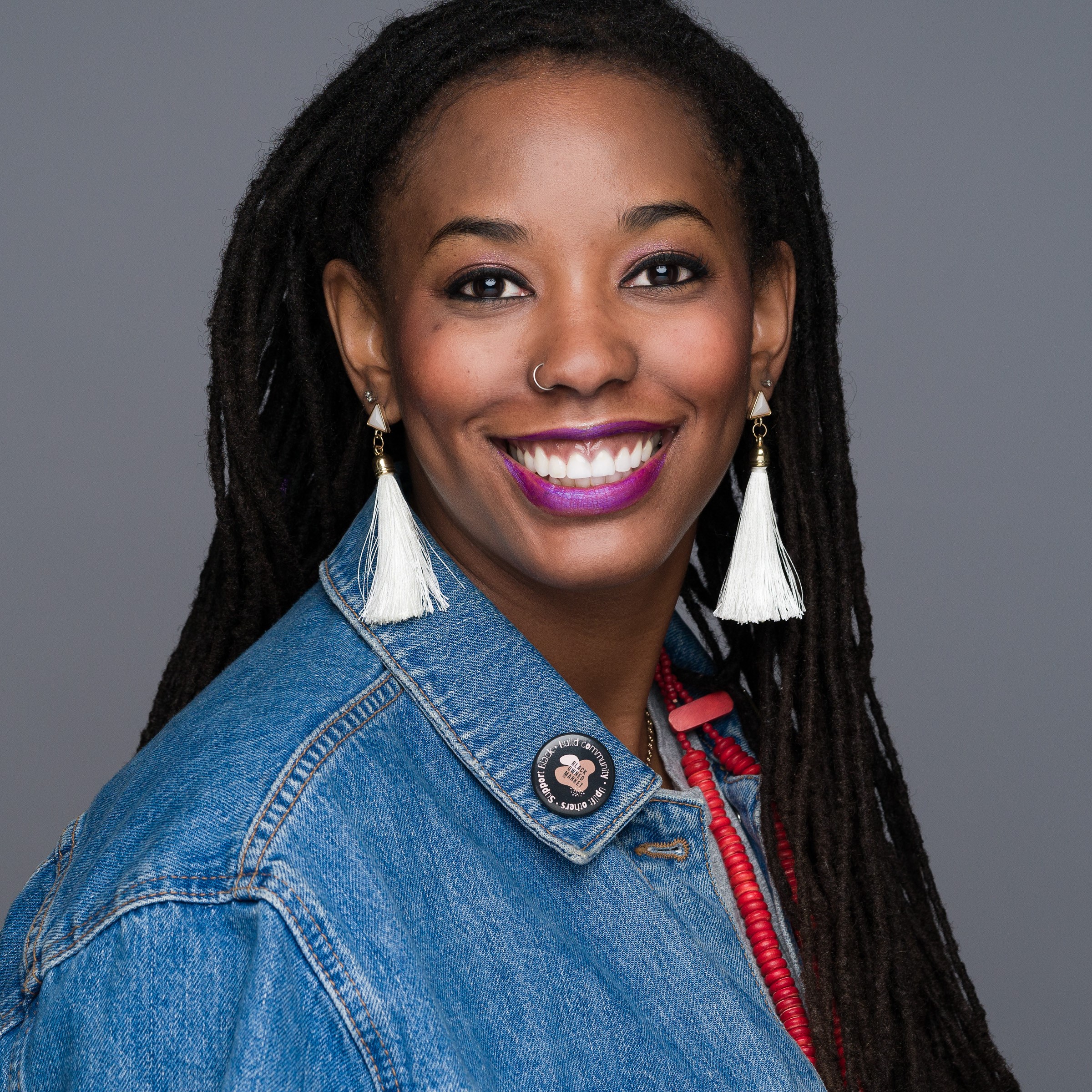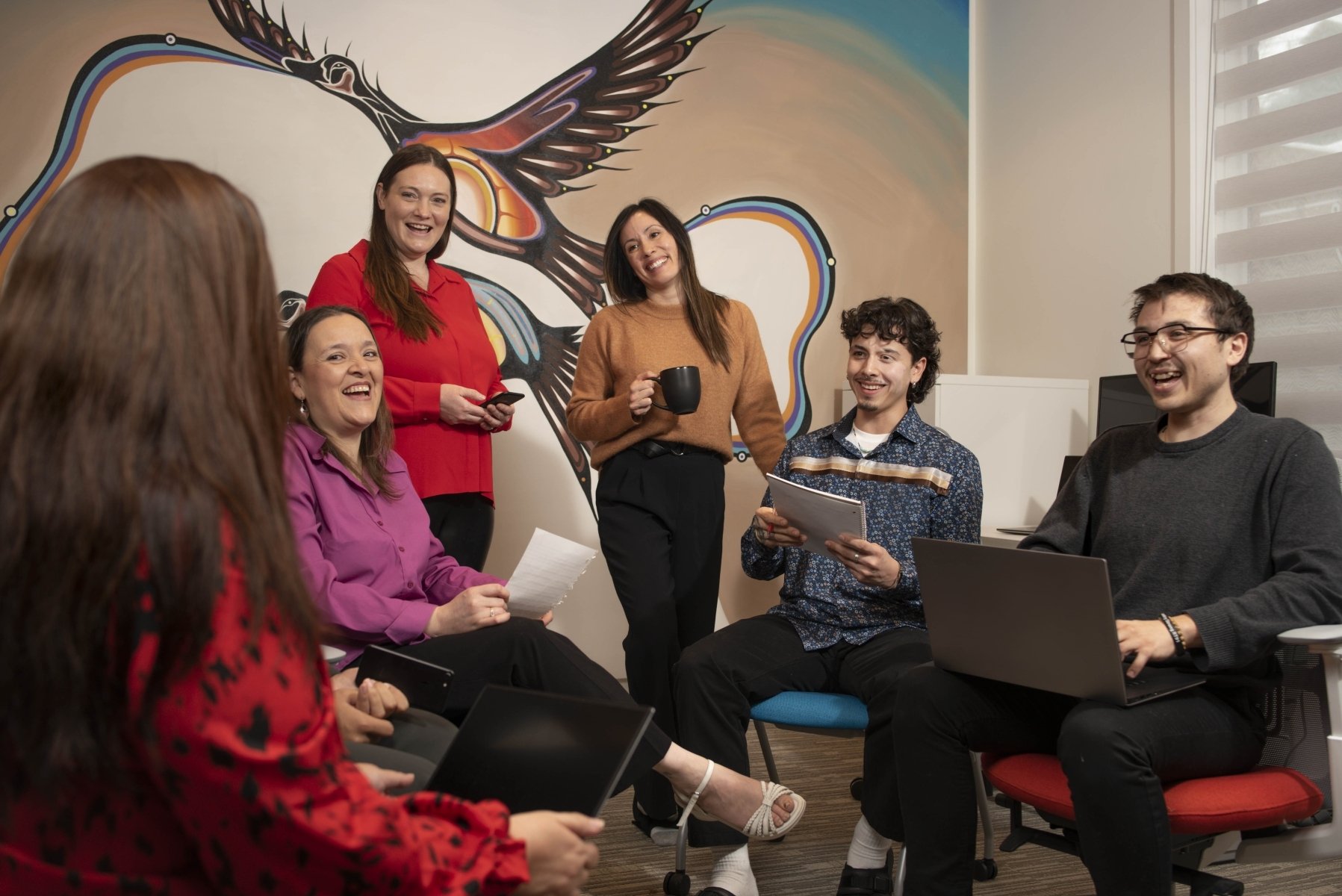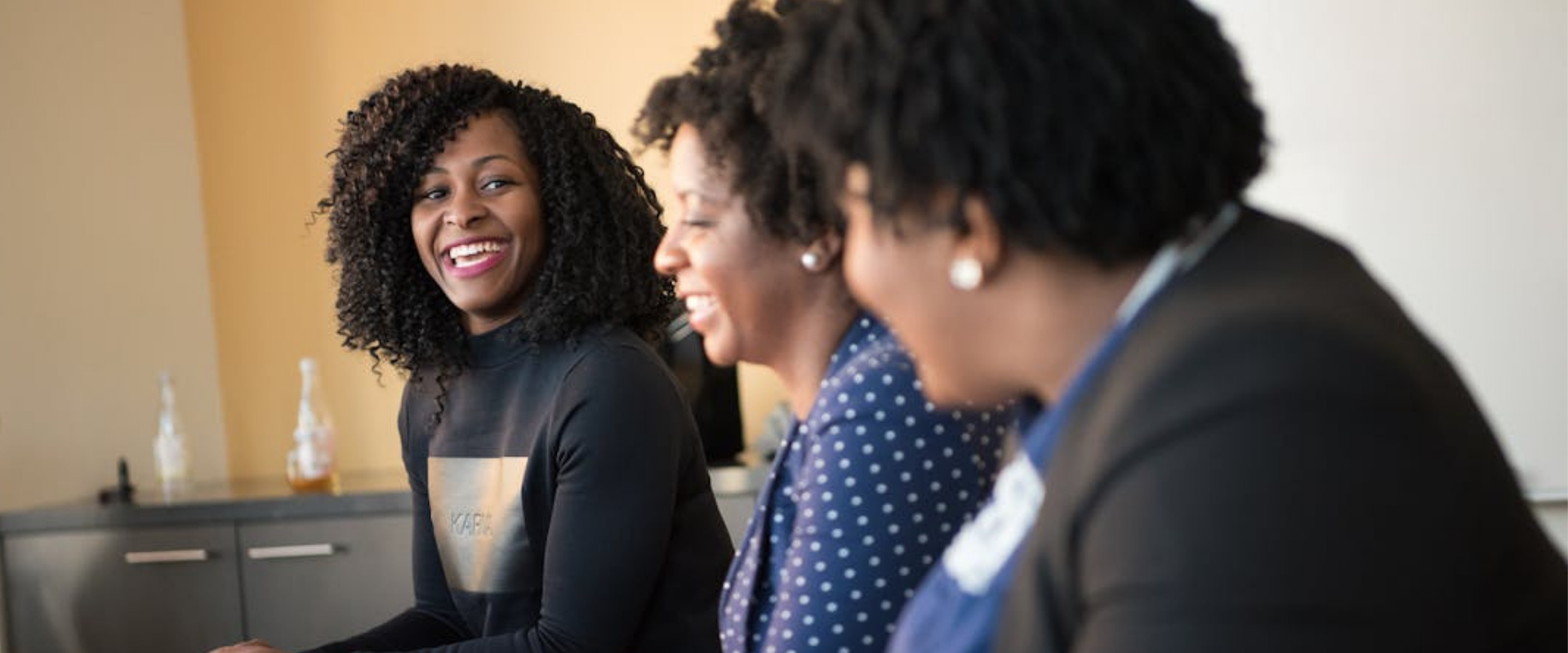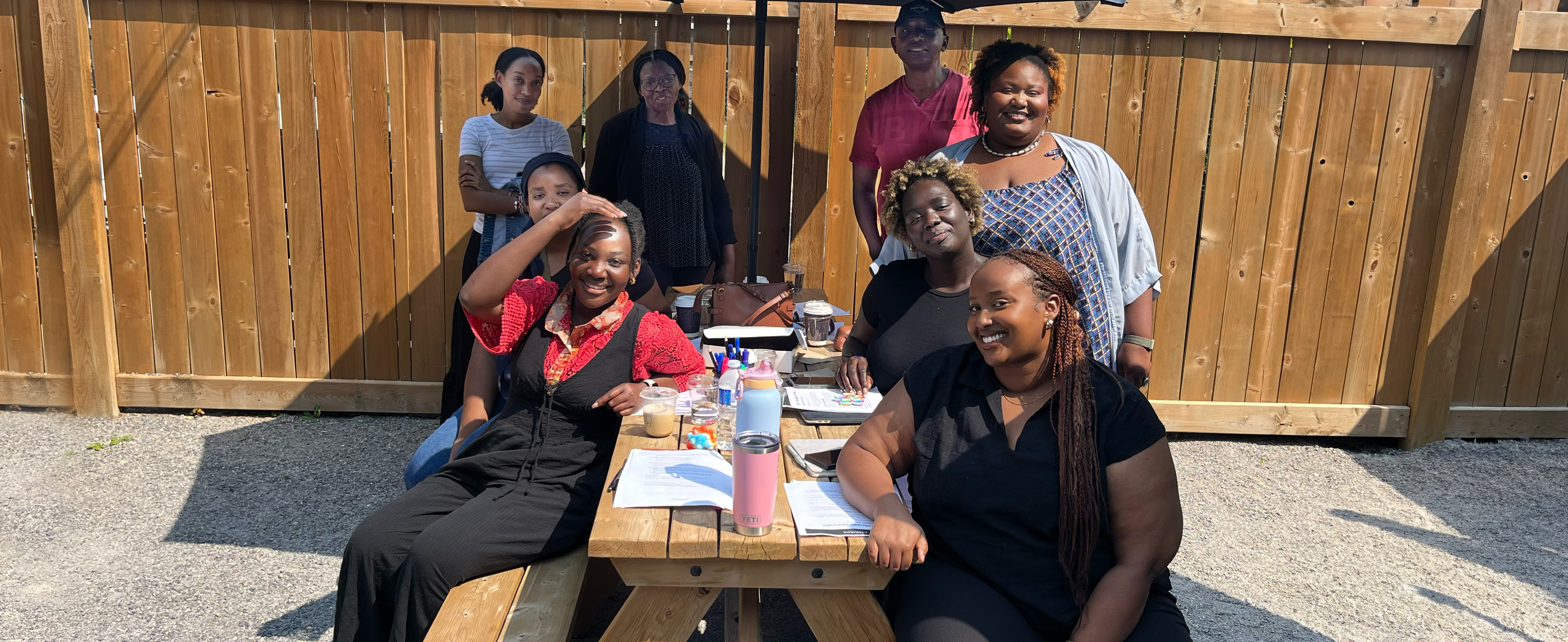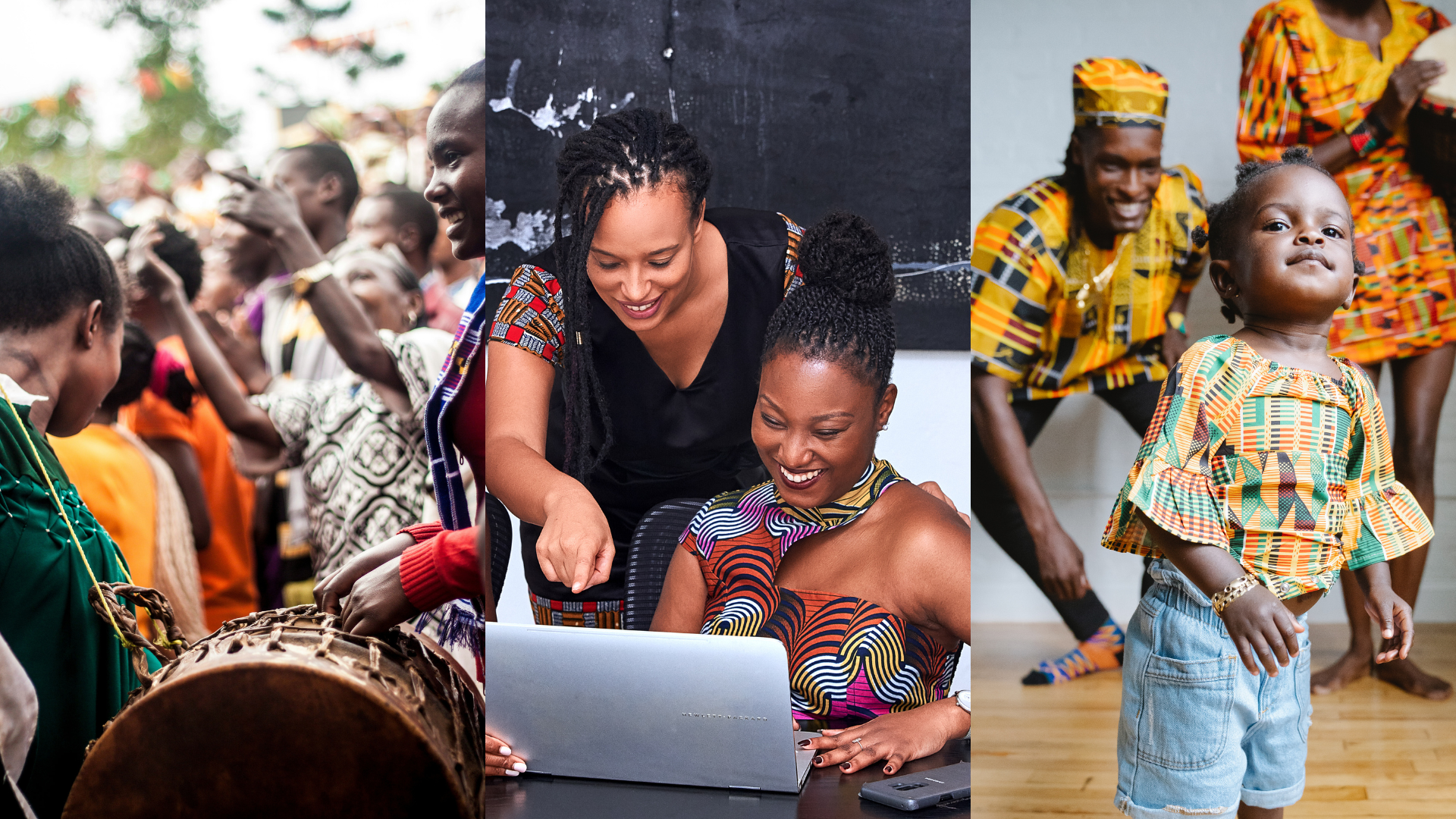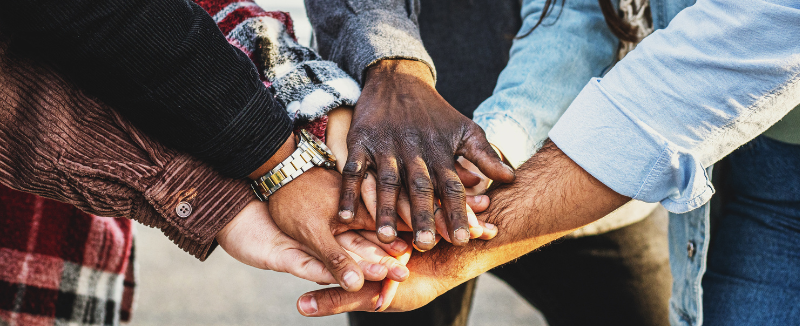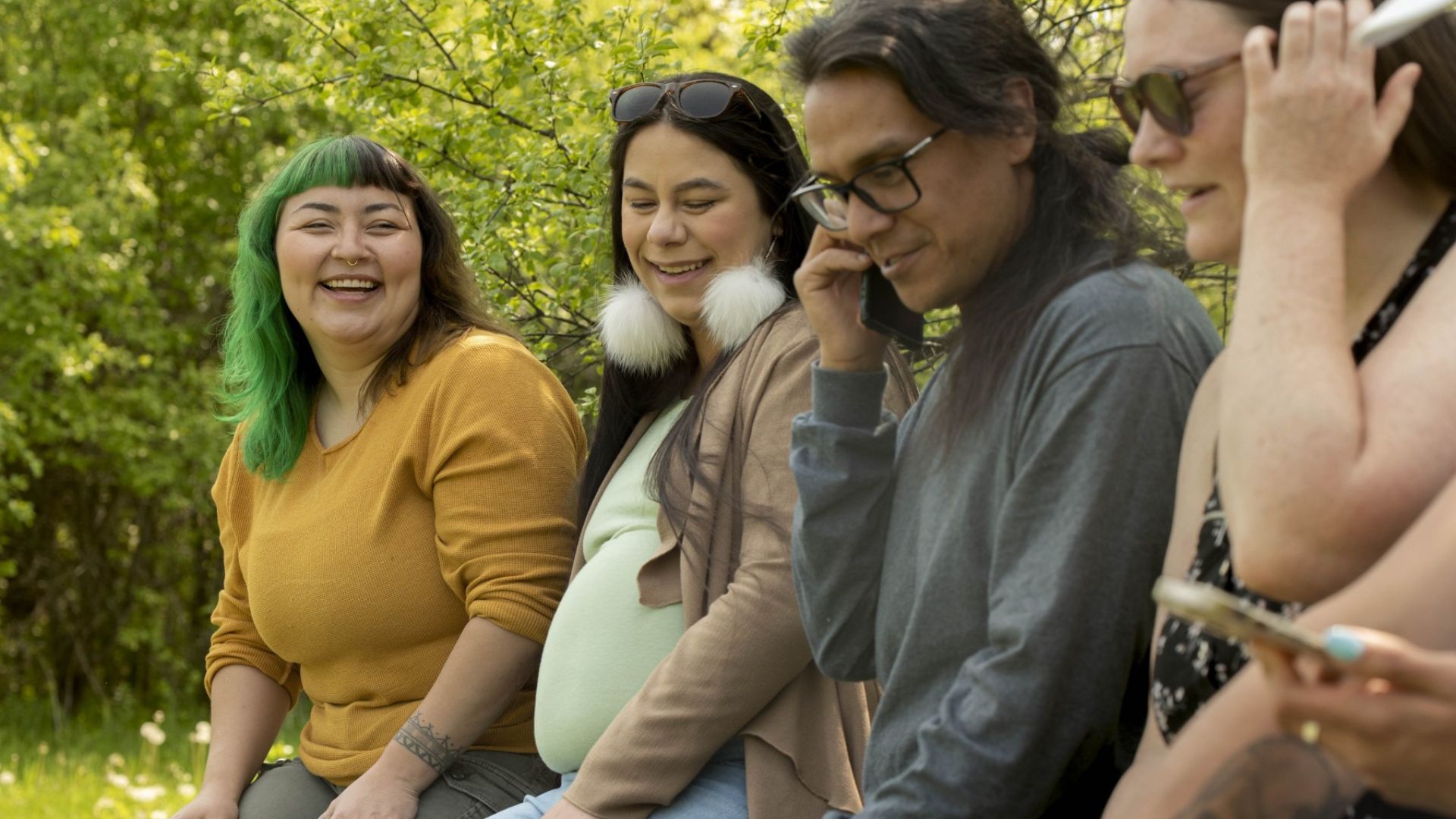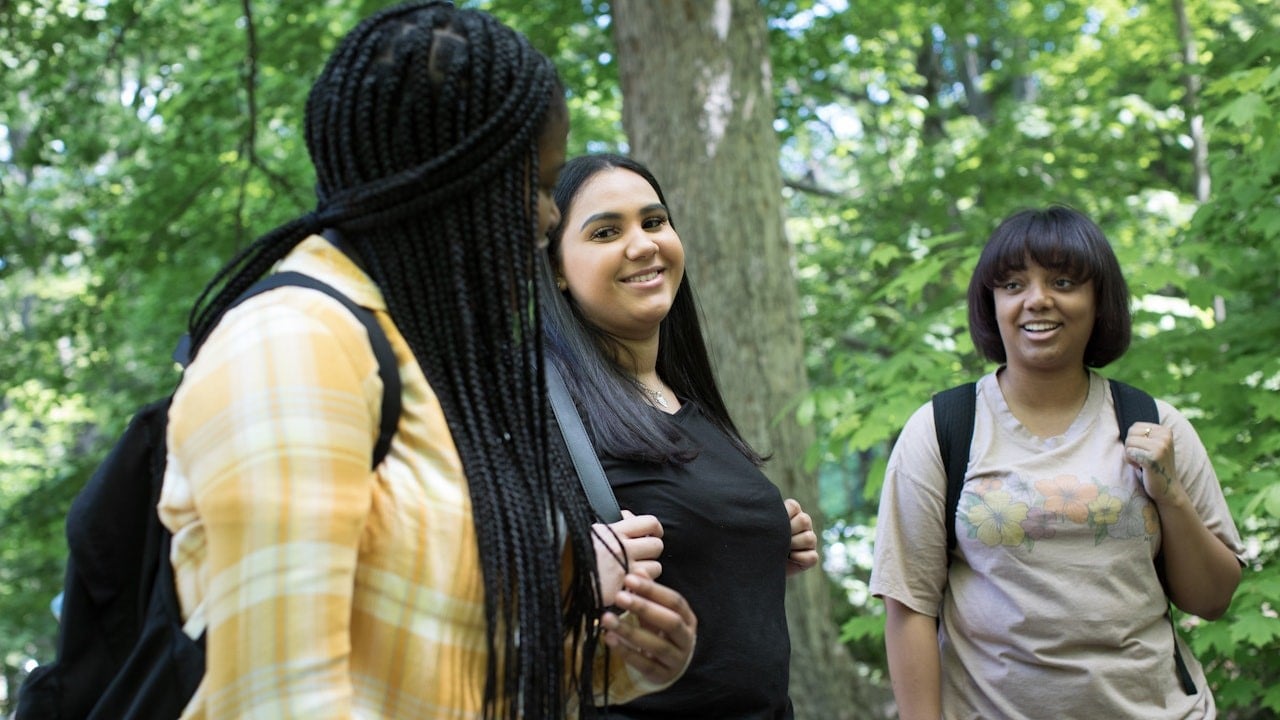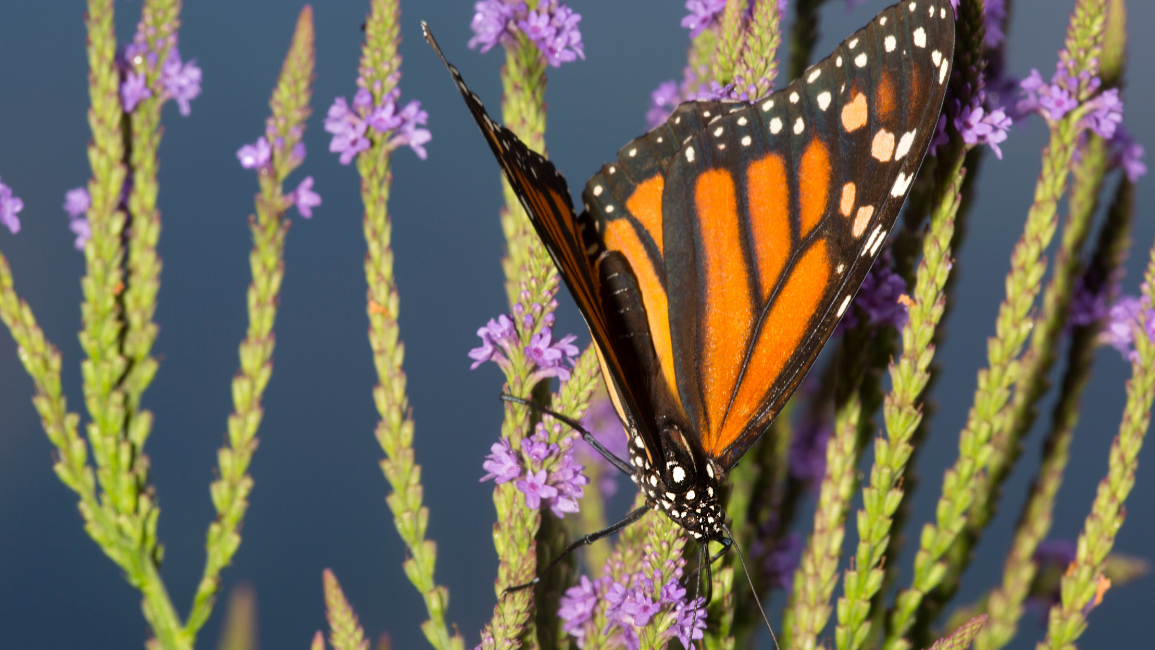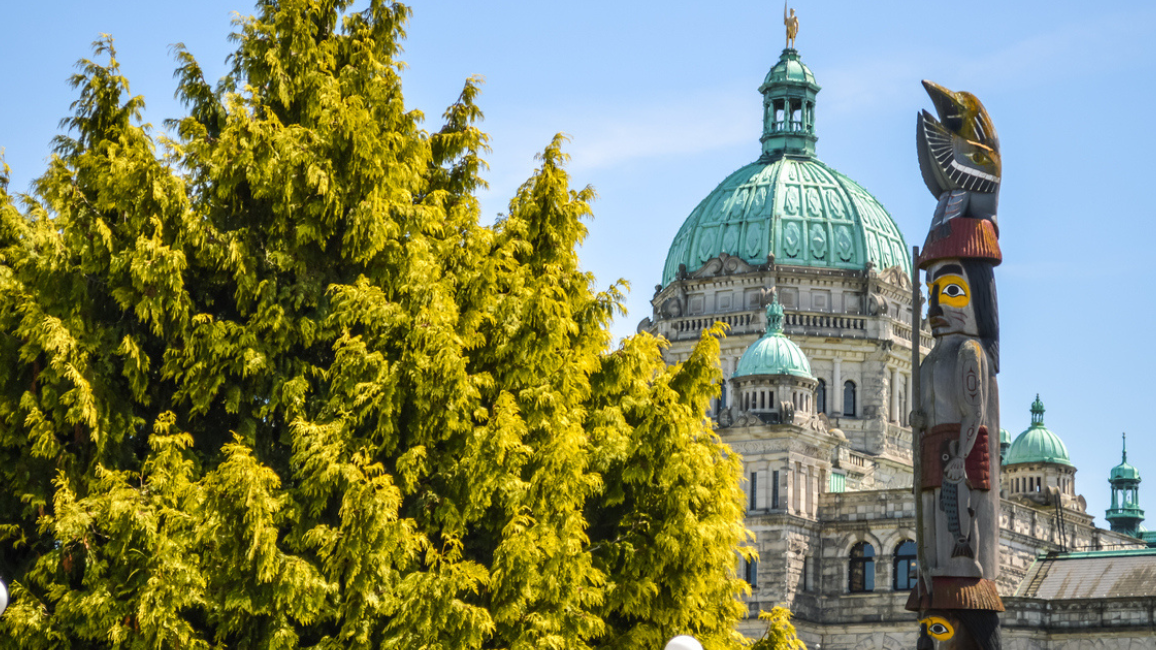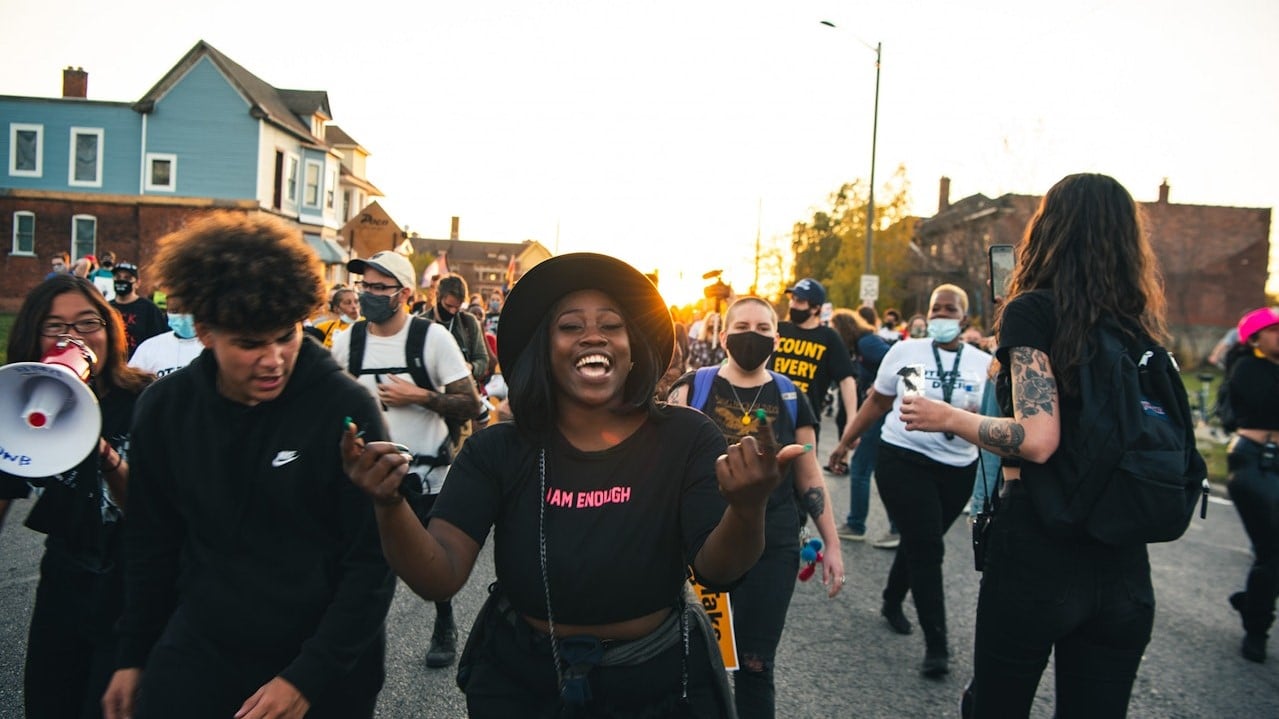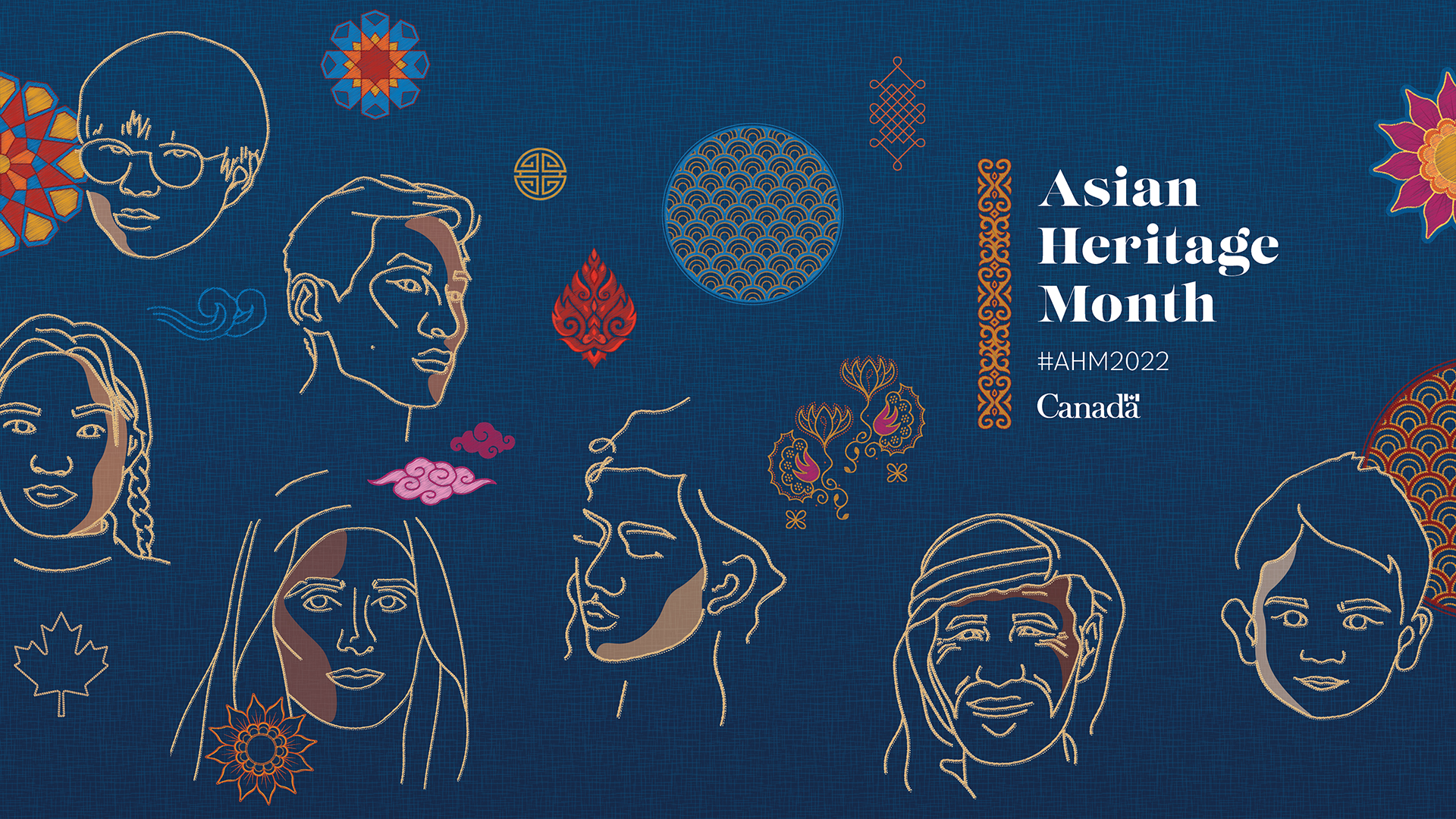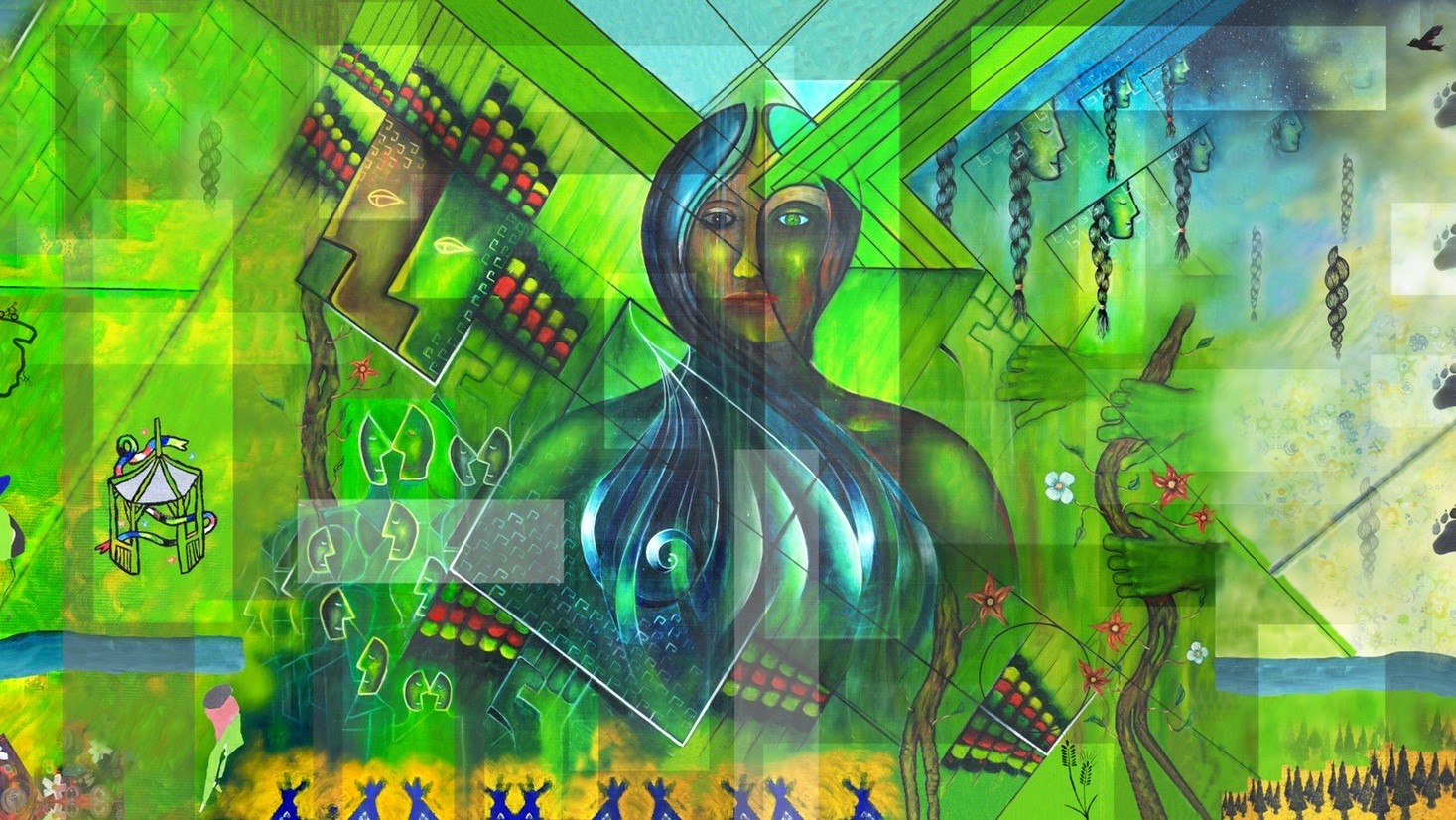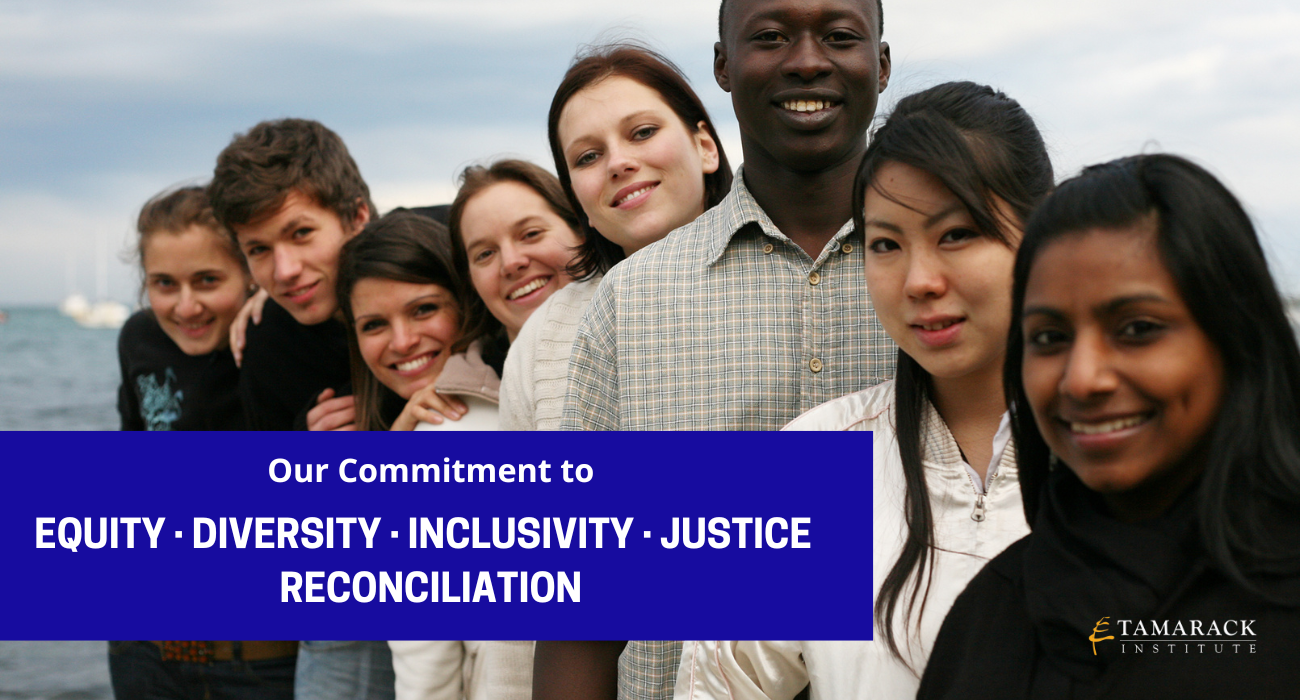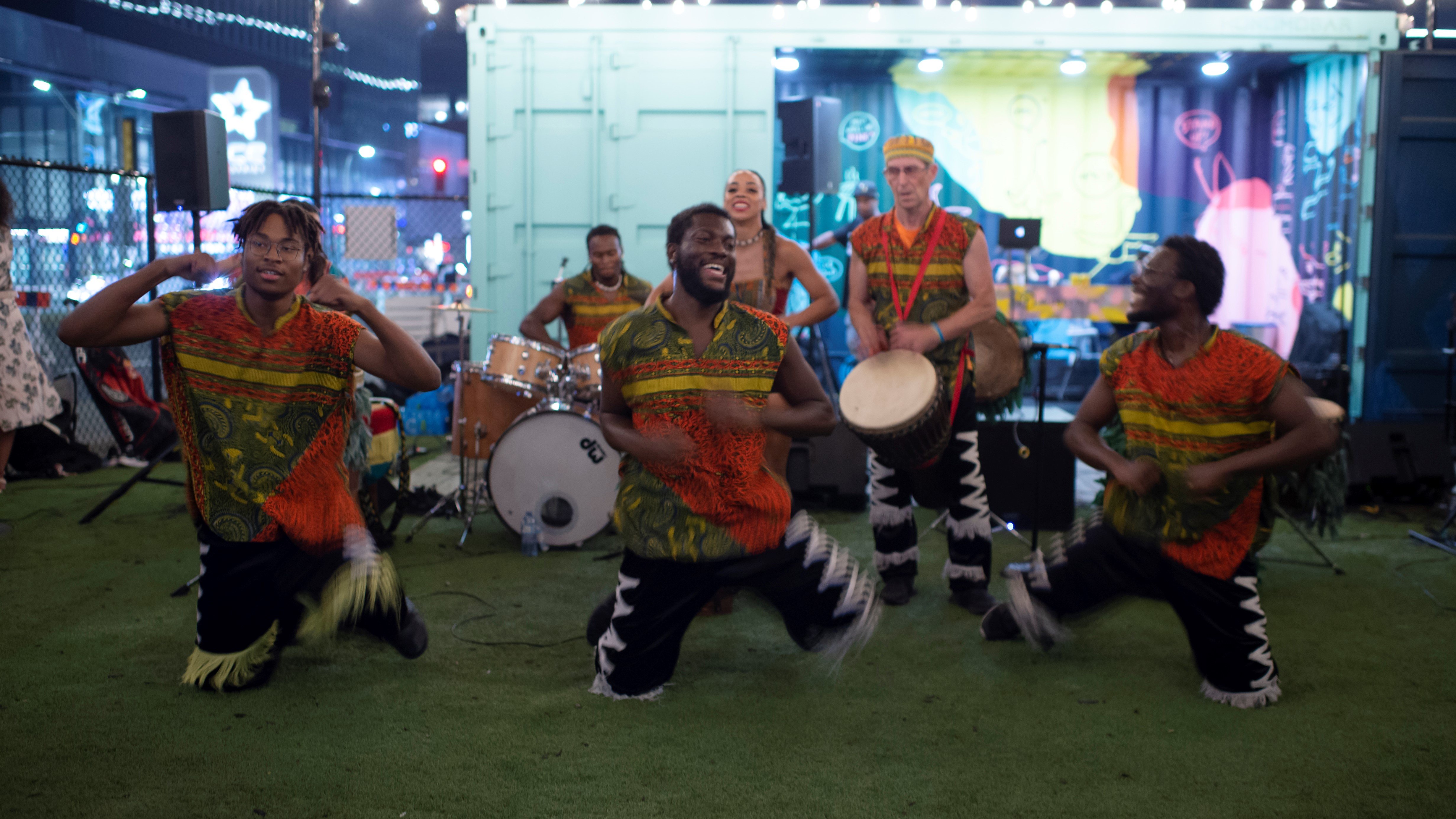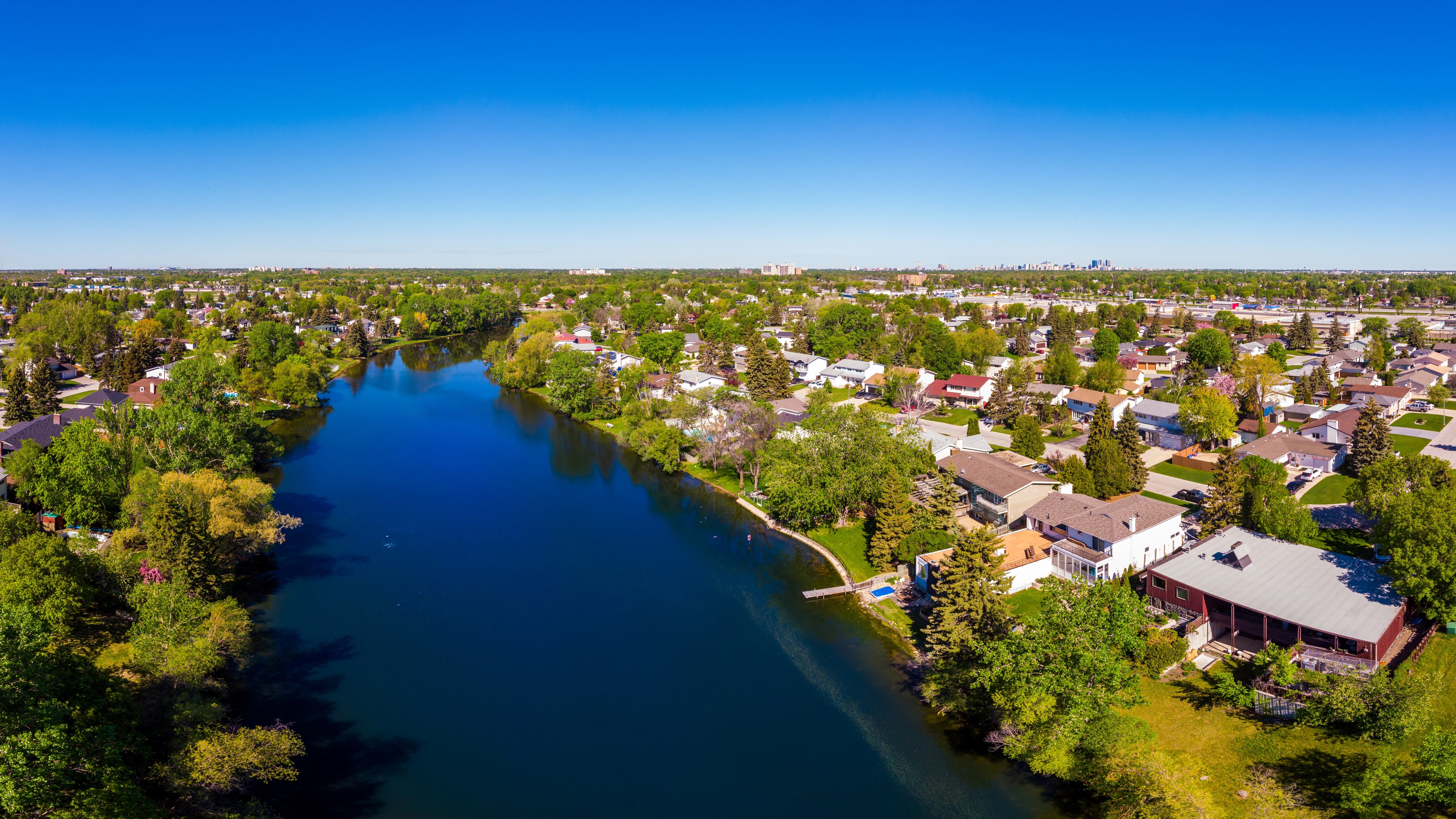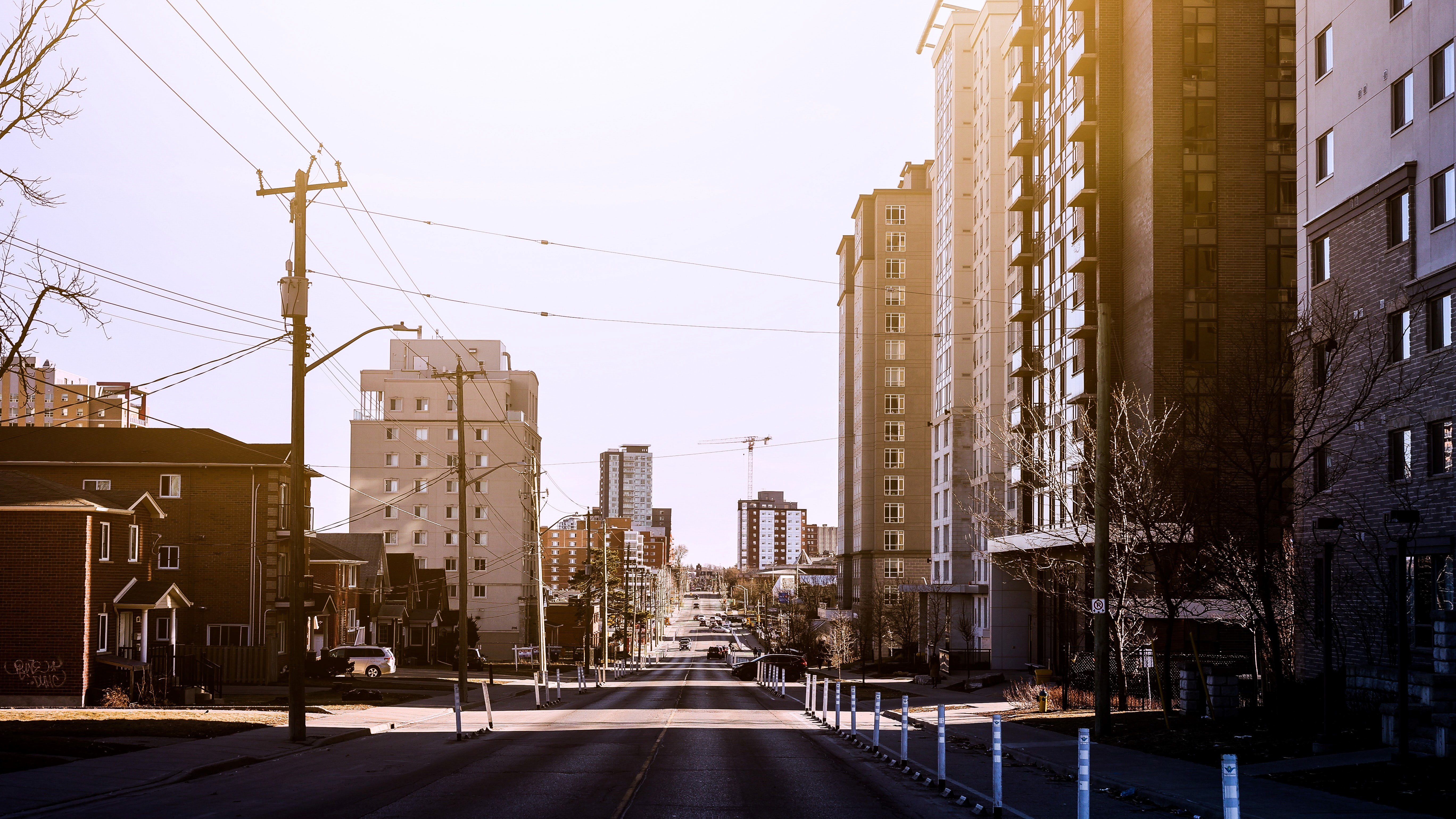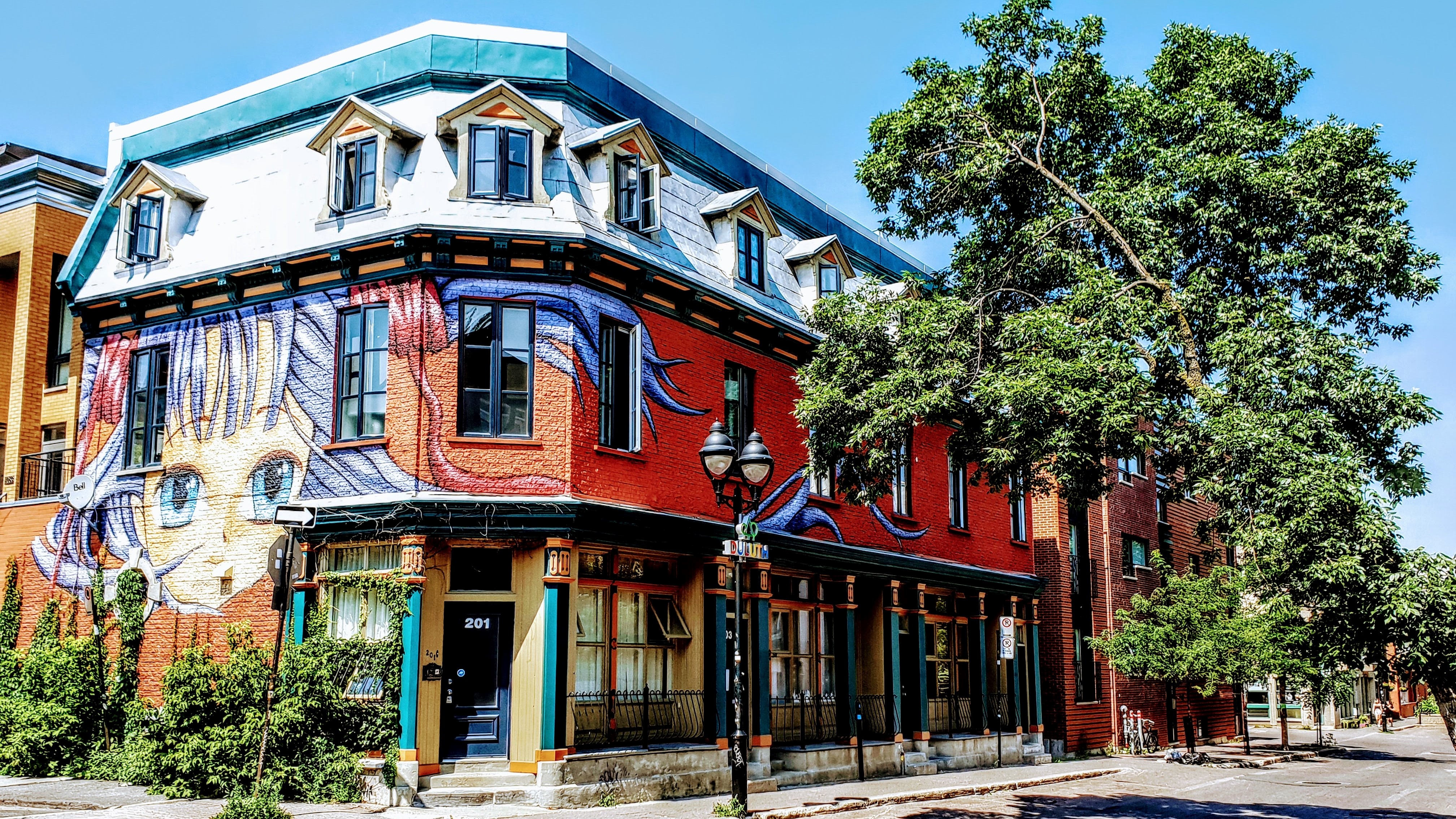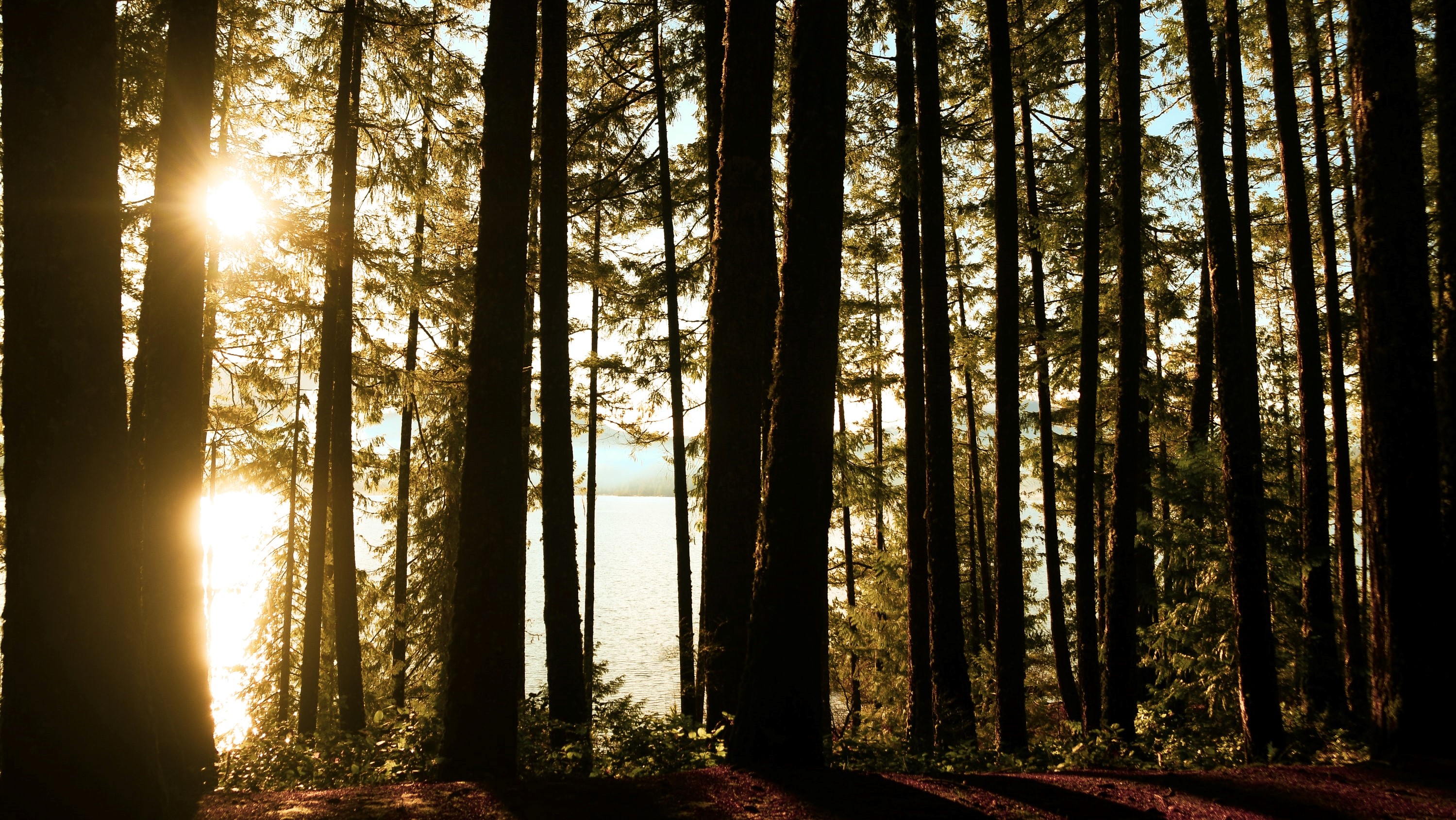Photo: A monarch butterfly lands on a Blue Vervain flower
An introspection of my experience in learning how plants serve as a cultural tool of learning
Exploring Biodiversity in Barbados
I recently found myself in Barbados where an opportunity to attend the Plants and Planting for the Future symposium presented itself. I am a descendent of Monica Ignacio, who is the matriarch of my paternal lineage. If there is one trait I most certainly did not pick up, it was her green thumb, which nurtured her tropical garden located in Trinidad.
It’s not surprising, however, that those who carry the Ignacio name have inherited a connection to plants in their own ways, whether that be the wellness benefits my sibling gains from tending to her plants, the healing properties my Aunty Diane Ignacio (pictured in photo slider below) studies within the field of pharmacology, or the cultural history I inherit from learning about ancestral practices of living and healing from the land.
Plants and Planting for the Future Symposium
 The symposium was organized by Dr. Sonia Peter, executive director of the Biocultural Education and Research Programme, a non-profit created to “support education and research as tools to affect change in attitudes within communities and to enhance stakeholder respect for plant biodiversity and traditional knowledge.”
The symposium was organized by Dr. Sonia Peter, executive director of the Biocultural Education and Research Programme, a non-profit created to “support education and research as tools to affect change in attitudes within communities and to enhance stakeholder respect for plant biodiversity and traditional knowledge.”
The field of equity, diversity, inclusion, reconciliation, and justice is largely focused on the often-intangible work of shifting mindsets in response to social pressure demanding change within oppressive systems. Both Indigenous and African ancestral communities have a complex history with colonial land exploitation that has erased traditional knowledge and practices which honour the healing and restorative properties of plant biodiversity.
I was called to Barbados as part of my own healing, and the timing of this conference was perfectly situated to be a part of my journey. If I hadn’t asked my aunt what was bringing her to Barbados, I may have missed out on a truly memorable experience.
Relating Biodiversity and Culture
 Attending session 2 on Biodiversity and culture allowed me to see many connections to culture reclamation practices between Barbados and Indigenous communities in Canada. The structure of the conference aligns to Tamarack’s Community Connections Principle as a diverse group of aspiring and established researchers representing the fields of medicine, ethnopharmacology, science, culture, and community convened around the common fiber understanding and preserving the biodiversity of plants.
Attending session 2 on Biodiversity and culture allowed me to see many connections to culture reclamation practices between Barbados and Indigenous communities in Canada. The structure of the conference aligns to Tamarack’s Community Connections Principle as a diverse group of aspiring and established researchers representing the fields of medicine, ethnopharmacology, science, culture, and community convened around the common fiber understanding and preserving the biodiversity of plants.
The day started off with Saunjean Cutting, who shared her research studying ‘Voices of Traditional Healers in Barbados’. Through her project she journeyed on a cross-island look at medicinal plant usage in Barbados, which uncovered the diverse healing properties and preferred application from established healers in the community.
One such herb discussed was Blue Vervain, an all-purpose herb used as a tea or in a bush bath, to support general well-being, or taken as an anti-inflammatory and anti-bacterial agent. Healers, foragers, and Rastafarians believe that knowledge is gained from the earth, from the sun and from elders, which felt symbolic of how land is sacred in Indigenous communities in Canada, and signalled the importance that being a good steward of the land is how we care for ourselves and our communities.
The Garden of Hope
 Annalee Davis presented a post-colonial outlook on her projected titled ‘The Garden of Hope’ (pictured in photo slider below). She began by sharing the symbolism in ‘Bush Tea Services’ which is a bush tea ceremony that uses a vessel filled with cracks and holes to represent the messiness of history, and the gaps of knowledge that is present today. This opens a conversation about the traditional medicines erased during the colonial era, and I would argue that the post-colonial era we live in today continues to erase both traditional medicine and knowledge in the name of development, capitalism, and expansion.
Annalee Davis presented a post-colonial outlook on her projected titled ‘The Garden of Hope’ (pictured in photo slider below). She began by sharing the symbolism in ‘Bush Tea Services’ which is a bush tea ceremony that uses a vessel filled with cracks and holes to represent the messiness of history, and the gaps of knowledge that is present today. This opens a conversation about the traditional medicines erased during the colonial era, and I would argue that the post-colonial era we live in today continues to erase both traditional medicine and knowledge in the name of development, capitalism, and expansion.
The Garden of Hope allows for comparisons of the way the subjugator exploited and traumatized the land, and people and the reclamation and renaissance occurring through the regeneration project on Walkers Reserve, situated on a former plantation site where the Garden of Hope lives. Addressing colonialism, exploitation, and slavery requires an act of courage. The Garden of Hope acts as a cultural tool for peer-to-peer learning, and exploration of challenging conversations about systemic inequity.
The Garden of Hope also reintroduces the concept of care, bringing youth and elders together to forge a new path away from an extractive economy. The garden is a symbol of restoration and reparation which opened with a spiritual blessing for the plants, for the garden and for the keepers which included traditional drumming and prayers. Plants act as a vessel of traditional knowledge, as traditional medicines and as they are reintroduced on this land it serves to document the exploitation which has occurred, not only of enslaved Africans who worked the land, but also of the land itself who was treated as something to be conquered.
The Garden of Hope is a cumulation of optimism towards rebuilding a better future. Establishing a new relationship to the land using Indigenous land stewardship is a way to heal the land, while we heal ourselves, both metaphorically and physically.
Weaving and Wisdom
 The capstone of this day was a basket weaving workshop with Ireka Jelani (pictured in photo slider below), proprietor of Roots and Grasses. Ireka is a traditional healer who weaves traditional plants into beautiful works of art. We learned about the different plants that can be harvested such as using the bark that hugs the trunk of Cabbage Palms or protecting yourself from the sharp teeth of Cane Lily.
The capstone of this day was a basket weaving workshop with Ireka Jelani (pictured in photo slider below), proprietor of Roots and Grasses. Ireka is a traditional healer who weaves traditional plants into beautiful works of art. We learned about the different plants that can be harvested such as using the bark that hugs the trunk of Cabbage Palms or protecting yourself from the sharp teeth of Cane Lily.
Ireka shared her wisdom with us about the power of youth and Elders taking the time to form relationships. She also taught us patience as we formed a renewed connection and appreciation for the land’s abundance, using plant products to weave together a work of art.
My Aunty Diane presented the following day about her upcoming research project which will study the structures of medicinal plants as a tool to promote wound healing. Her presentation started in Africa, tracing back to the Trans-Atlantic slave trade, where enslaved Africans used plants as a way to heal their wounds. Bee stings. Lacerations. Punctures. Specific plants have specific purposes, to heal specific wounds.
As I’ve started to learn about two-eyed seeing, I see Diane’s study combining traditional knowledge with western medicine. A research group called the Two Spirit Dry Lab, which I encourage you to check out, is practicing two-eyed seeing in research here in Canada, which was another connection to Indigenous knowledge I encountered. I hope that descents of enslaved Africans can benefit from this knowledge, not only of the healing properties, but also the economic benefits that may arise from developing more holistic ways of practicing medicine.




The Impacts of Traditional Knowledge
Writing this piece is a very simple way for me to elevate the work of Dr. Sonia and her peers. From the Trans-Atlantic Slave Trade to regenerative farming, this symposium has reminded me of the strength, wisdom, knowledge, and innovation that exists within Caribbean communities. I attended only one of the four-day symposium, and it was evident to me that Caribbean researchers have place-based solutions to complex societal problems that deserve the attention, support, and funding given to Western and Eurocentric projects.
The impact that the Plants and Planting for the Future event had on me personally is profound. Gaining traditional knowledge, learning about the complex history or your ancestors, and reclaiming your heritage takes time. Luisa Maffi explains biocultural diversity in practice as the “on-the-ground application of the idea that maintaining the diversity of life means sustaining both biodiversity and cultures, because the two are interrelated and mutually supportive.”
While I commend Maffi and other scholars for documenting these practices, we must turn to our ancestors and elders, who have been practicing biocultural diversity since before time, as a way of survival, a way of healing, and a way of life. We must commit to ask ourselves how our actions are upholding or dismantling oppressive structures, how we use our positions of power to elevate the voices of those most impacted by colonial exploitation.
Healing Roots Documentary
Healing Roots, a documentary from the Biocultural Education and Research Programme, was a beautiful way to wrap up my conference experience, please take the time to immerse yourself in the traditional practices of Bajan woman healers. And when you’re called to a place, to a person, to a plant listen to your ancestors and elders who are sending you their wisdom and guiding you on your journey of life.
Source: What is Biocultural Diversity?, Luisa Maffi, 2010


